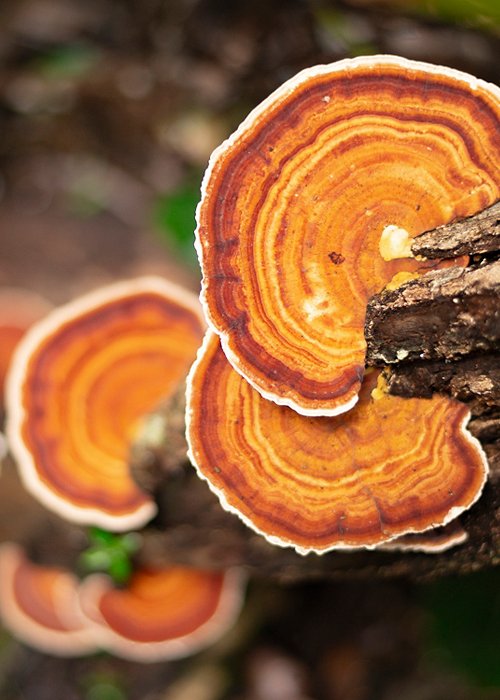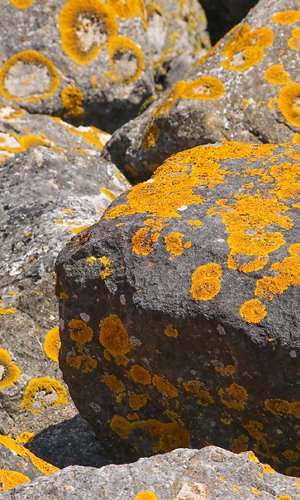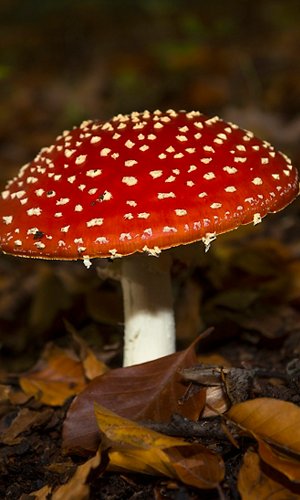Mycetes are diffused practically in all environments: approximately 70,000 species, that include the fungi we commonly find in the woods, plant rusts and mildews. They do not have roots, a stem nor leaves, they do not even have chlorophyll to produce nutritive substances; mycetes are prevalently pluricellular organisms consisting of masses of filamentous cells known as hypha. A group of mycetes, commonly known as yeasts, includes unicellular organisms, such as for example Saccharomyces cerevisiae. Some fungi are parasites of animals, plants and protista and even of other fungi, others instead are saprobe fungi...







